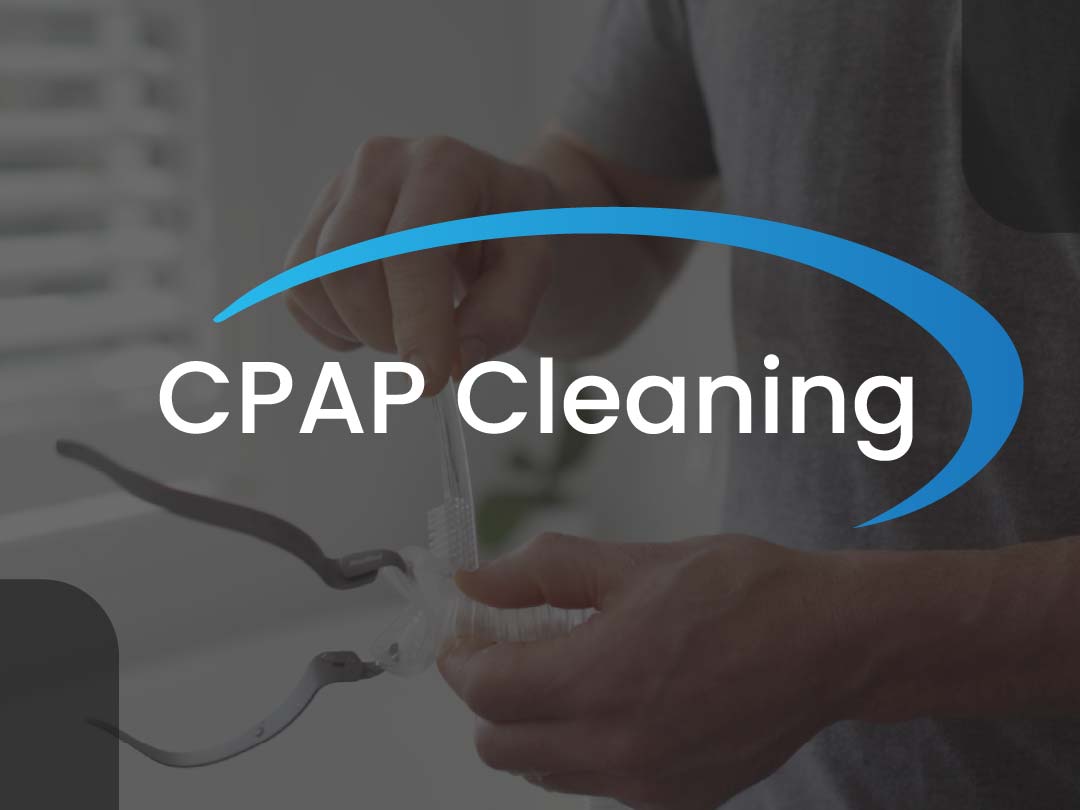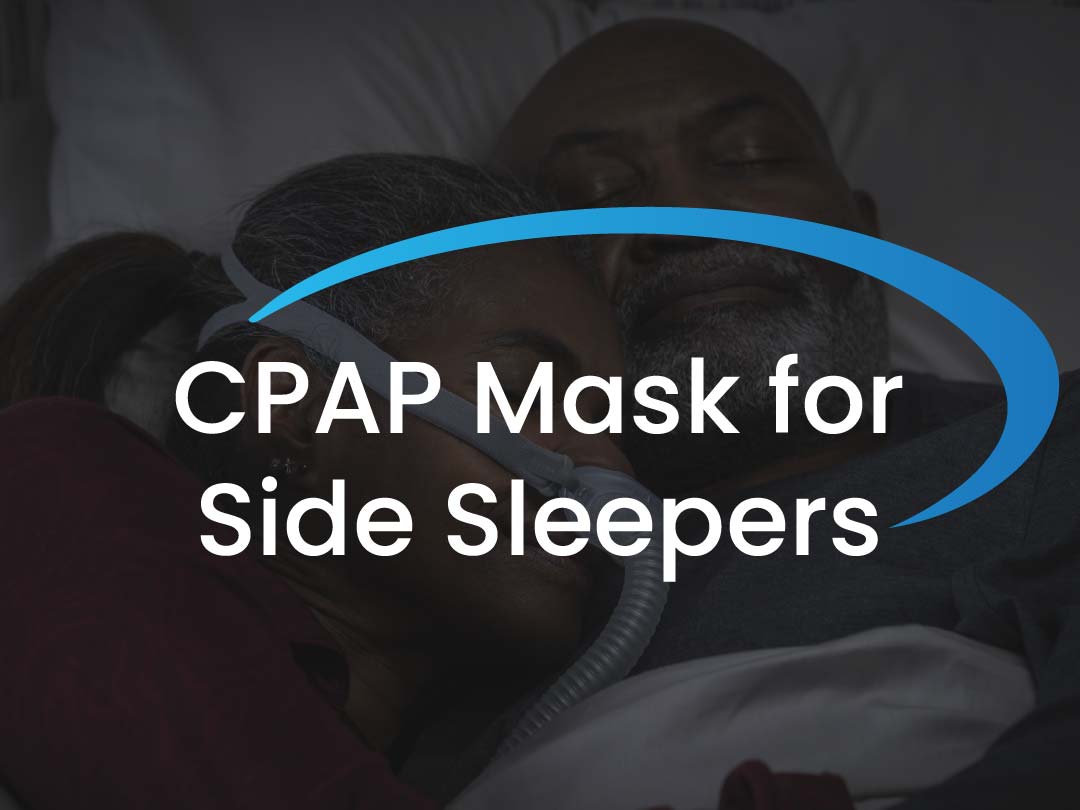In this post, we will look at the pros and cons of three types of CPAP masks and the pro and cons of each.
/wp:paragraphwp:paragraph
1. Full Face Mask
/wp:paragraphwp:paragraph
Full face masks completely cover the mouth and nose and most of the face using straps to keep the mask secure.
/wp:paragraphwp:paragraph
Pros
/wp:paragraphwp:paragraph
Ideal for those who breathe through their mouth, especially if they have issues with breathing through their nose due to allergies or other medical conditions. It is also more comfortable for those who sleep on their backs.
/wp:paragraphwp:paragraph
Cons
/wp:paragraphwp:paragraph
Less than ideal for restless sleeper or those who sleep on their stomachs. They can be cumbersome for those who like to read or watch TV while in bed. There are also potential concerns for those with excessive facial hair, because this could compromise the seal.
/wp:paragraphwp:paragraph
2. Nasal Masks
/wp:paragraphwp:paragraph
Nasal CPAP masks covers from the bridge of the nose right up to the upper lip area. It supplys an indirect airflow to the airway.
/wp:paragraphwp:paragraph
Pros
/wp:paragraphwp:paragraph
Works well for those who are restless sleepers and for those who require a higher pressure setting on their CPAP machines.
/wp:paragraphwp:paragraph
Cons
/wp:paragraphwp:paragraph
They are not effective for mouth breathers or those with sinus issues.
/wp:paragraphwp:paragraph
3. Nasal Pillows
/wp:paragraphwp:paragraph
Nasal pillows rest at the nostrils’ entrance, which creates a seal to channel pressurized air directly into the nose.
/wp:paragraphwp:paragraph
Pros
/wp:paragraphwp:paragraph
Because they are compact they are ideal for those that struggle with claustrophobia.
/wp:paragraphwp:paragraph
Cons
/wp:paragraphwp:paragraph
They don’t work well for those who require higher pressure. Also, may be challenging for restless sleepers.
/wp:paragraphwp:paragraph
Newly diagnosed with OSA and need CPAP? Shop CPAP, CPAP Masks, and Accessories Now!
/wp:paragraph

